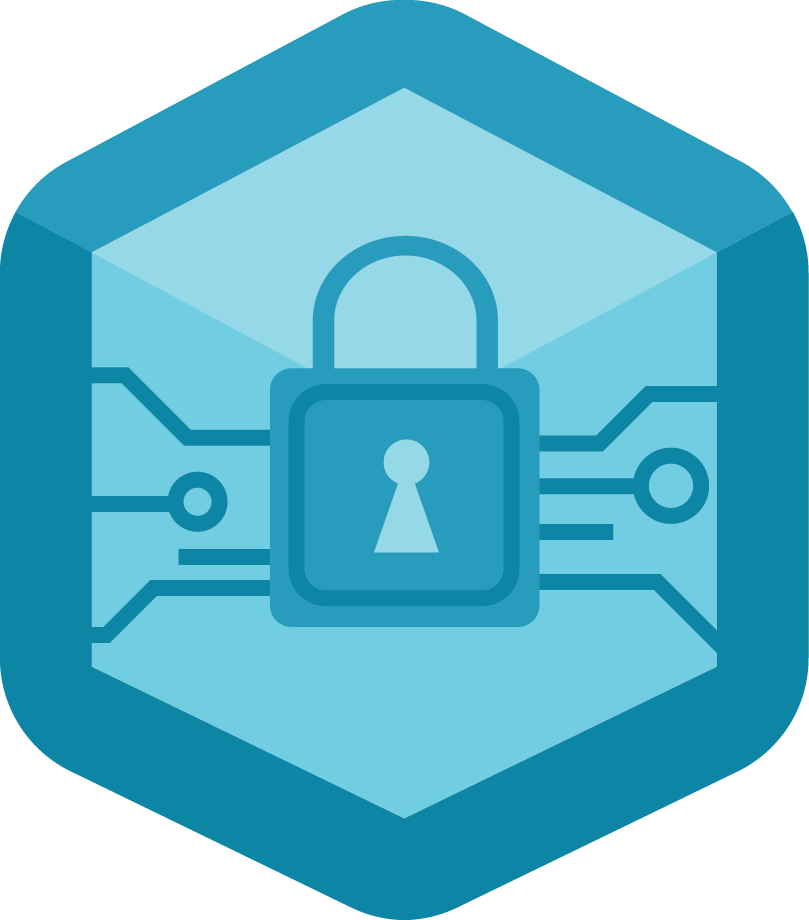The
video, “Assistive Technology: Enabling Dreams,” truly opened my eyes to the
great effectiveness of technology in special education. I had no idea that students
with disabilities can have tools tailored to their needs and that they can
learn so much more through these methods compared to a typical classroom curriculum.
I was most stunned by the device that allowed one student to communicate by the
movement of his eyebrows because that was the only part of his body that he
could really control. Personally speaking, I have not had much experience with those
around me having a disability, so I may be severely uninformed on this topic.
But I am amazed and grateful that such technology exists to help these
students.
Erdem
(2017) states that “assistive technologies are used for supporting persons with
special educational needs in numerous areas, such as reading, writing,
communication, daily life, etc. . . the use of assistive technologies in
education has positive effects” (p. 137). Different students in special
education each struggle with different subjects, and often times multiple, or even
all, academic subjects. Assistive technology, however, can be tailored and adapted
to specific students and their unique conditions to help them find the method
that most benefits their learning. For example, in my future classroom and lesson
plans, I at least would want tools that allow students to express their thoughts
while being comfortable and truly retaining what they learn, not pushing
themselves to communicate, and this is entirely possible now.
However,
even if teachers know about these benefits, some are still reluctant to
implement or obtain them for their students. According to Williams (2005), “most
[teachers] expressed concern about the low quality of their equipment (e.g.
computers, networks), the fact that they do not receive very satisfactory
technical support, or the simple fact that they do not have the necessary
hardware or software” (p. 551). Availability, training, and money play a huge
part in being able to use assistive technology effectively, or at all. In order
to implement assistive tools in our schools and classrooms, districts must provide
adequate technology, and teachers must learn how to use them.
Nevertheless,
I honestly do not see a true downside to a student’s learning when using assistive
technology. Those who are unaware of the benefits may argue with some theory
that they will become too reliant on their tools, but without such things,
disabled students would not even have a chance to learn properly. It is like
how “normal” students would claim that paper and pencil is essential in school
lessons; the materials such as those shown in the video are just as essential to
students with disabilities.
Only things
such as money and availability will restrict the ability that a certain school
or teacher has to help such students, but I believe a smart investment by
school districts would greatly pay off in the long run. No teacher will ever
not have a student with a disability in their classroom at some point in their
career, and every year, there are special education students attending a
school, sometimes without the proper help they need. Obtaining assistive
technology as shown in the video would help these students to (previously
thought to be incapable of) succeeded in life, and it would complete what
should be all teachers’ goal: to help all
students, not just those that are “easier” to teach than others.
References
Erdem,
R. (2017). Students with special educational needs and assistive technologies:
A literature review. The Turkish Online Journal
of Educational Technology, 16(1), 128-146.
Williams,
P. (2005). Using information and communication technology with special
educational needs students: The views of frontline professionals. Aslib Proceedings: New Information
Perspectives, 57(6), 539-553.

